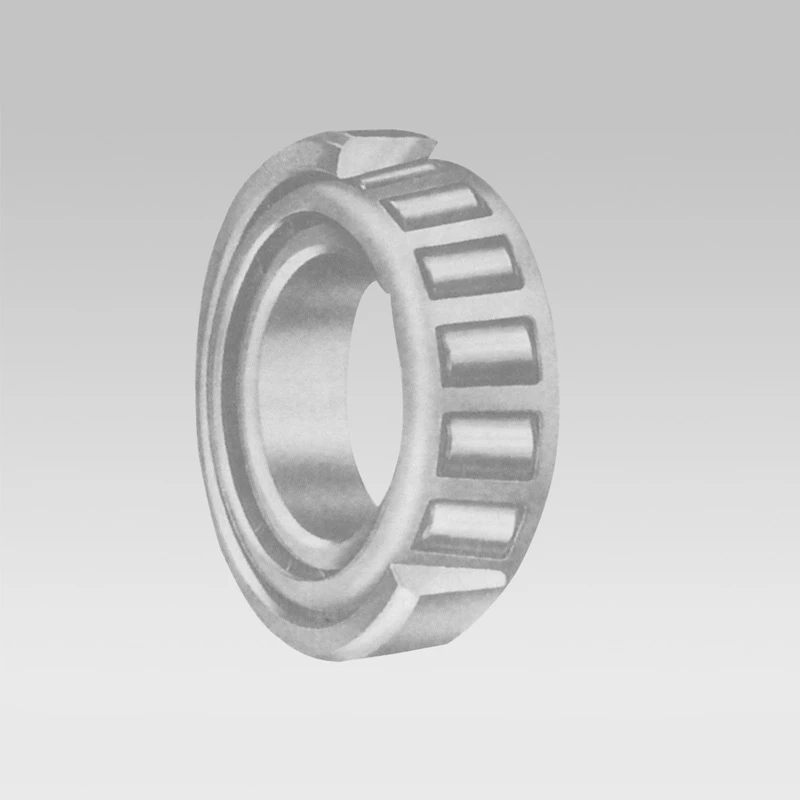
Dec . 12, 2024 03:08 Back to list
thrust ball bearing types
Understanding Thrust Ball Bearing Types
Thrust ball bearings are crucial components in various machines and mechanical assemblies, designed to handle axial loads while allowing smooth rotation. Unlike radial bearings that manage loads perpendicular to the shaft, thrust ball bearings are specifically engineered to accommodate loads parallel to the shaft. This feature makes them invaluable in applications where thrust forces are prevalent, such as in automotive, aerospace, and industrial machinery.
There are primarily two types of thrust ball bearings single thrust ball bearings and double thrust ball bearings. Understanding the differences between these types is essential for selecting the right bearing for your application.
Single Thrust Ball Bearings
Single thrust ball bearings consist of a single row of balls positioned between a shaft washer and a housing washer. This configuration allows them to take axial loads in one direction only. Therefore, they are ideal for applications where a unidirectional load is present. The design typically includes a cage that separates the balls and keeps them evenly spaced, ensuring smooth operation and minimizing friction.
Single thrust ball bearings are compact and can often fit into tight spaces. They are commonly used in applications such as automotive gear systems, where they help in maintaining the alignment of gears under axial loads. However, it is crucial to ensure that they are only subjected to loads in one direction, as they are not designed to handle any kind of radial load.
Double Thrust Ball Bearings
thrust ball bearing types

In contrast, double thrust ball bearings comprise two rows of balls, allowing them to accommodate axial loads from both directions. This feature significantly enhances their versatility in various applications. The design is similar to that of single thrust ball bearings, but it includes additional components to support the dual rows of balls.
Double thrust ball bearings are particularly useful in machinery where loads can change direction frequently, such as in cranes, hoists, and certain automotive applications. The ability to handle axial loads from both sides makes them a popular choice in equipment requiring constant directional changes in load.
Choosing the Right Type of Thrust Ball Bearing
Selecting the appropriate thrust ball bearing depends on several factors, including the direction of the axial load, the available space, and the specific requirements of the machinery. For applications that primarily deal with loads in one direction, single thrust ball bearings could be the most efficient choice. Conversely, projects requiring the capability to manage loads from both sides would benefit more from double thrust ball bearings.
When considering thrust ball bearings, it's also essential to evaluate other factors such as speed requirements, lubrication, and material compatibility. Proper lubrication is vital for ensuring efficient operation and longevity, as it reduces friction and wear on the bearing components.
Conclusion
In summary, thrust ball bearings play a significant role in facilitating smooth motion and load management in various mechanical systems. Understanding the distinct types—single and double thrust ball bearings—enables engineers and machine designers to make informed decisions based on specific application needs. By matching the right bearing type to the task, it is possible to enhance performance and reliability in machinery, ultimately contributing to a smoother overall operational experience. Whether for automotive applications or industrial machinery, the choice of thrust ball bearings can significantly impact efficiency and durability.
Latest news
-
Spherical Roller Bearings Applications: Heavy Duty, Self-Aligning
NewsAug.30,2025
-
Premium Deep Groove Ball Bearings | High Speed & Reliability
NewsAug.29,2025
-
Durable Scaffolding Clamps - Secure & Reliable Tube Connectors
NewsAug.28,2025
-
Common Failures in Thrust Ball Bearings and Solutions
NewsAug.22,2025
-
How Tapered Roller Bearings Can Take Shock Loads
NewsAug.22,2025
-
Angular Bearings in High-Precision Spindles
NewsAug.22,2025
